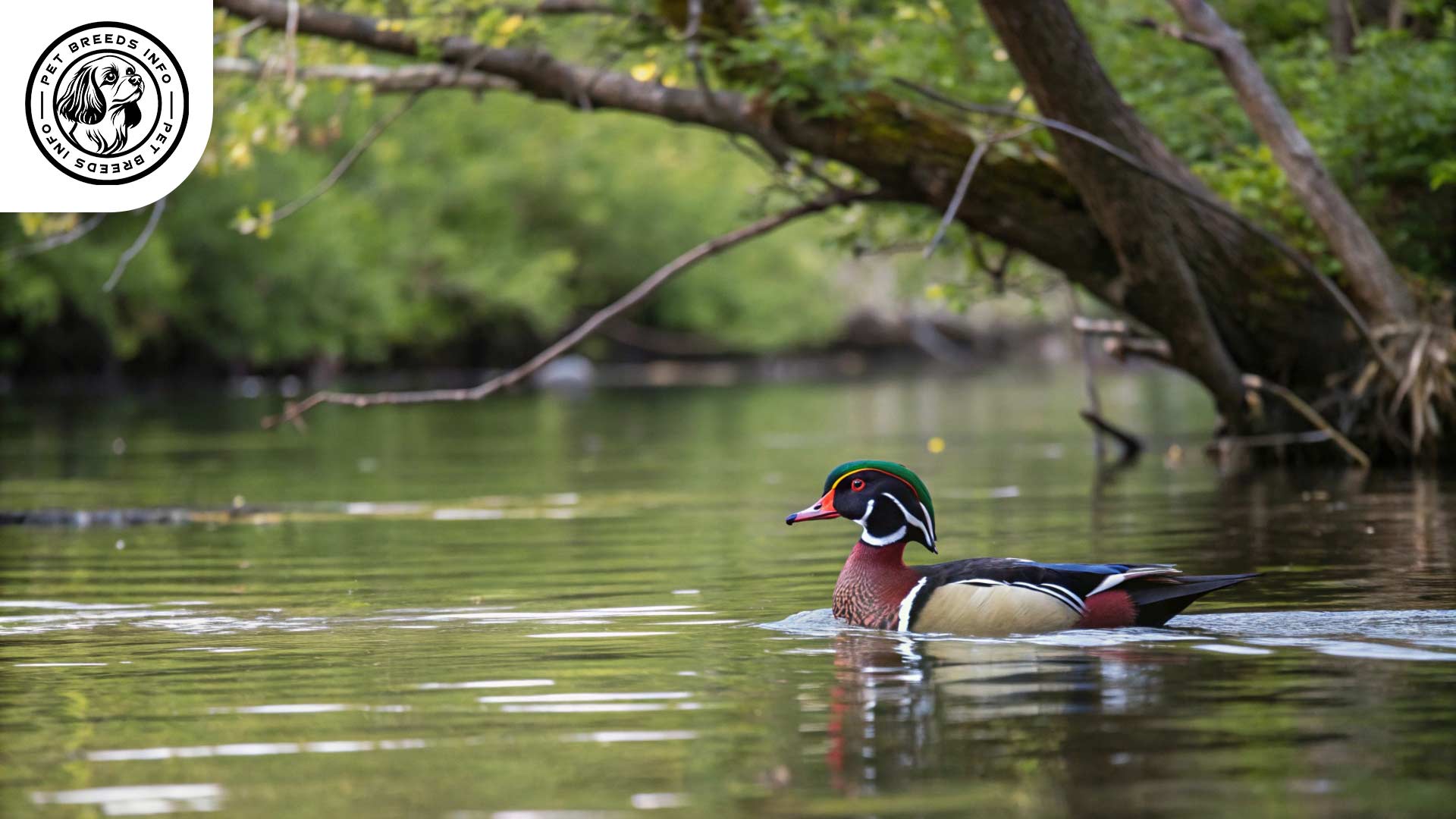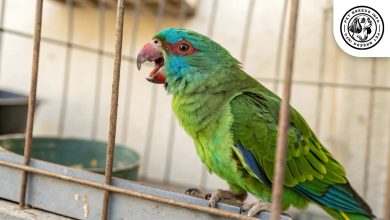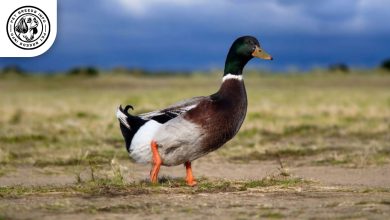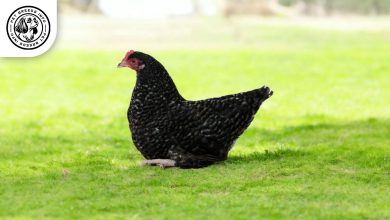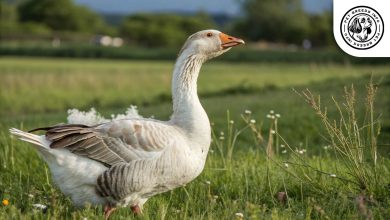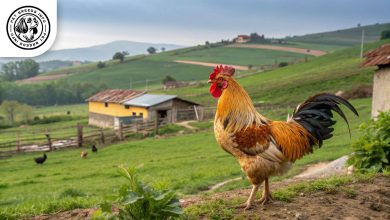Wood Duck Bird: Personality, Lifespan, Food & Care
General Introduction of the Breed
The Wood Duck (Aix sponsa), also known as the Carolina Duck, is a stunning and colorful species of waterfowl native to North America. This bird is commonly found in wooded swamps, ponds, and marshes across the United States and Canada. The Wood Duck has been admired for centuries for its unique plumage and is often kept as an ornamental bird in aviaries.
Historically, the Wood Duck was heavily hunted in the early 20th century, leading to a dramatic decline in its population. However, conservation efforts and protective laws have helped restore its numbers, making it one of the most recognizable and cherished waterfowl species today.
Table of Contents
| Common Name | Wood Duck / Carolina Duck |
| Scientific Name | Aix sponsa |
| Origin | North America (U.S. & Canada) |
| Size | 18–21 inches (46–54 cm); 700–900 grams |
| Lifespan | 10–15 years in captivity |
| Egg Color | Creamy white to pale buff |
| Clutch Size | 6–16 eggs |
| Temperament | Shy, gentle, alert |
| Cold-Hardy | Partially – needs shelter in cold climates |
Physical Characteristics
The Wood Duck is a medium-sized duck, with males typically weighing between 1.5 to 2 pounds (700 to 900 grams) and females slightly lighter. They measure around 18 to 21 inches (46 to 54 cm) in length, with a wingspan of approximately 26 to 29 inches (66 to 74 cm).
The males, or drakes, display striking plumage with iridescent green, purple, and bronze feathers. Their heads have distinctive white markings, and they possess bright red eyes. The females, or hens, are less colorful, with a grayish-brown body and a white teardrop-like eye-ring.
The Wood Duck has a crested head, giving it a unique, elegant appearance. Their tails are slightly elongated, and their wings are broad, allowing swift, agile flight through densely wooded areas.
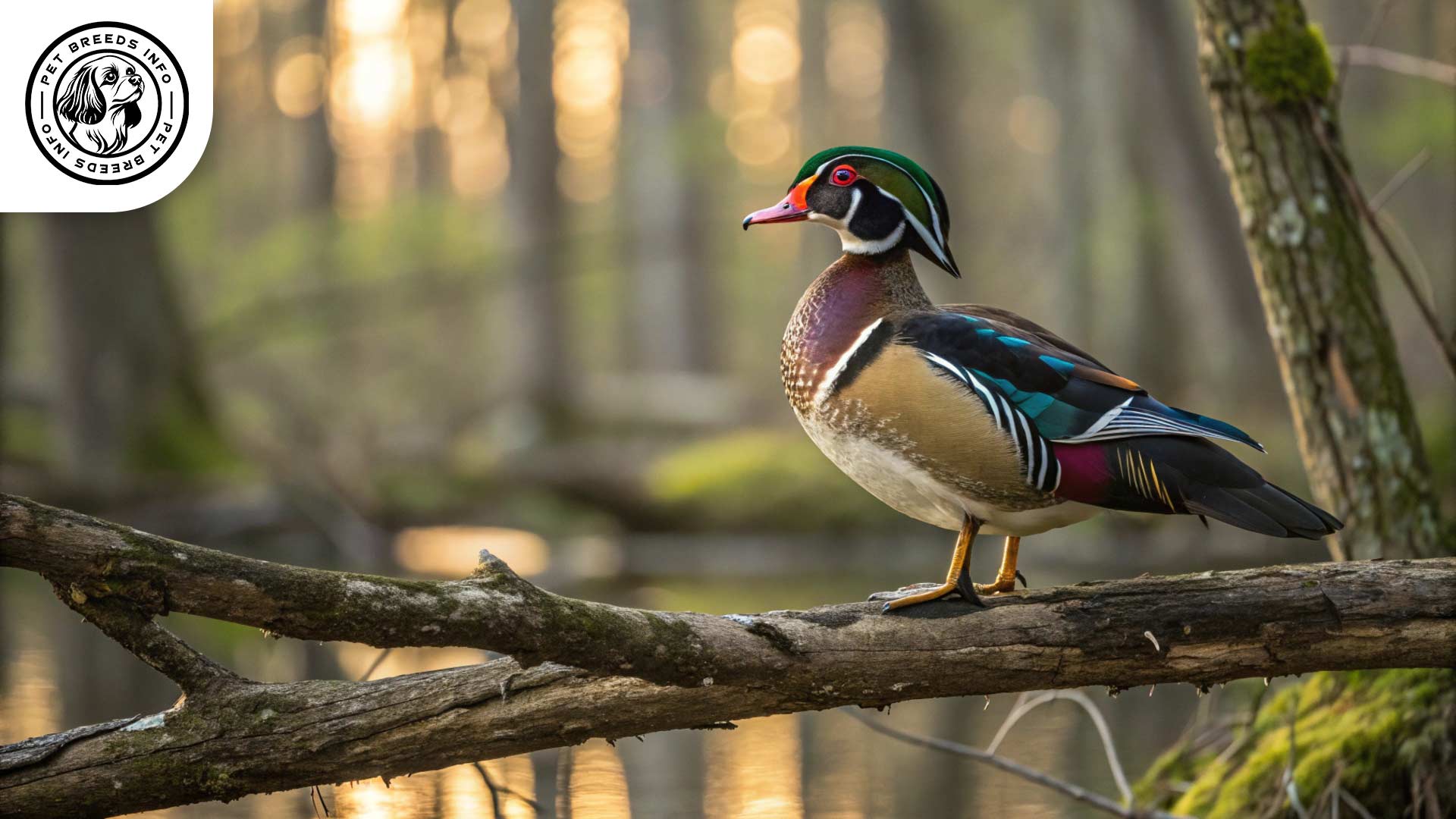
Personality and Temperament
Wood Ducks are intelligent and alert birds, capable of learning and adapting to their surroundings. While they are generally calm when domesticated, they can be quite shy and secretive in the wild.
They have moderate energy levels and require ample space to swim and forage. Although not highly affectionate, they can develop a level of familiarity with their keepers when raised in captivity.
These ducks are social and often form flocks, interacting well with other waterfowl. However, they can be territorial during the breeding season. Their gentle nature makes them suitable for collections in waterfowl parks or private aviaries.
Read More: winter gold macaw
Care and Maintenance Requirements
Wood Ducks need access to a spacious water body such as a pond or a large aviary with a water feature. They thrive in environments with natural vegetation and wooded areas for cover.
Grooming needs for Wood Ducks are minimal, as they naturally preen and maintain their plumage. However, access to clean water is essential for bathing and feather maintenance.
These ducks are sensitive to extreme cold and require shelter during harsh winter conditions. They also need nesting boxes or designated safe spaces for breeding, as they nest in tree cavities in the wild.
Regular hygiene practices include ensuring clean water sources, providing a nutritious diet, and maintaining a predator-safe enclosure.
Diet and Nutrition
Wood Ducks primarily consume a varied diet consisting of seeds, aquatic plants, insects, and small invertebrates. In captivity, they can be fed pelleted waterfowl feed supplemented with grains, vegetables, and protein sources such as mealworms.
Avoid feeding them processed foods, excessive bread, or anything high in salt and sugar. Providing a diverse diet ensures their overall health and feather quality.
Portion sizes depend on age and activity levels, but maintaining a balanced diet with multiple small meals throughout the day is ideal.
Health and Common Medical Issues
Wood Ducks are generally hardy birds but can be susceptible to common avian diseases such as botulism, avian influenza, and parasites. Proper nutrition and clean water sources help prevent many health issues.
They have an average lifespan of 10 to 15 years in captivity when properly cared for. Regular veterinary checkups, vaccinations, and parasite control measures are essential to maintaining their health.
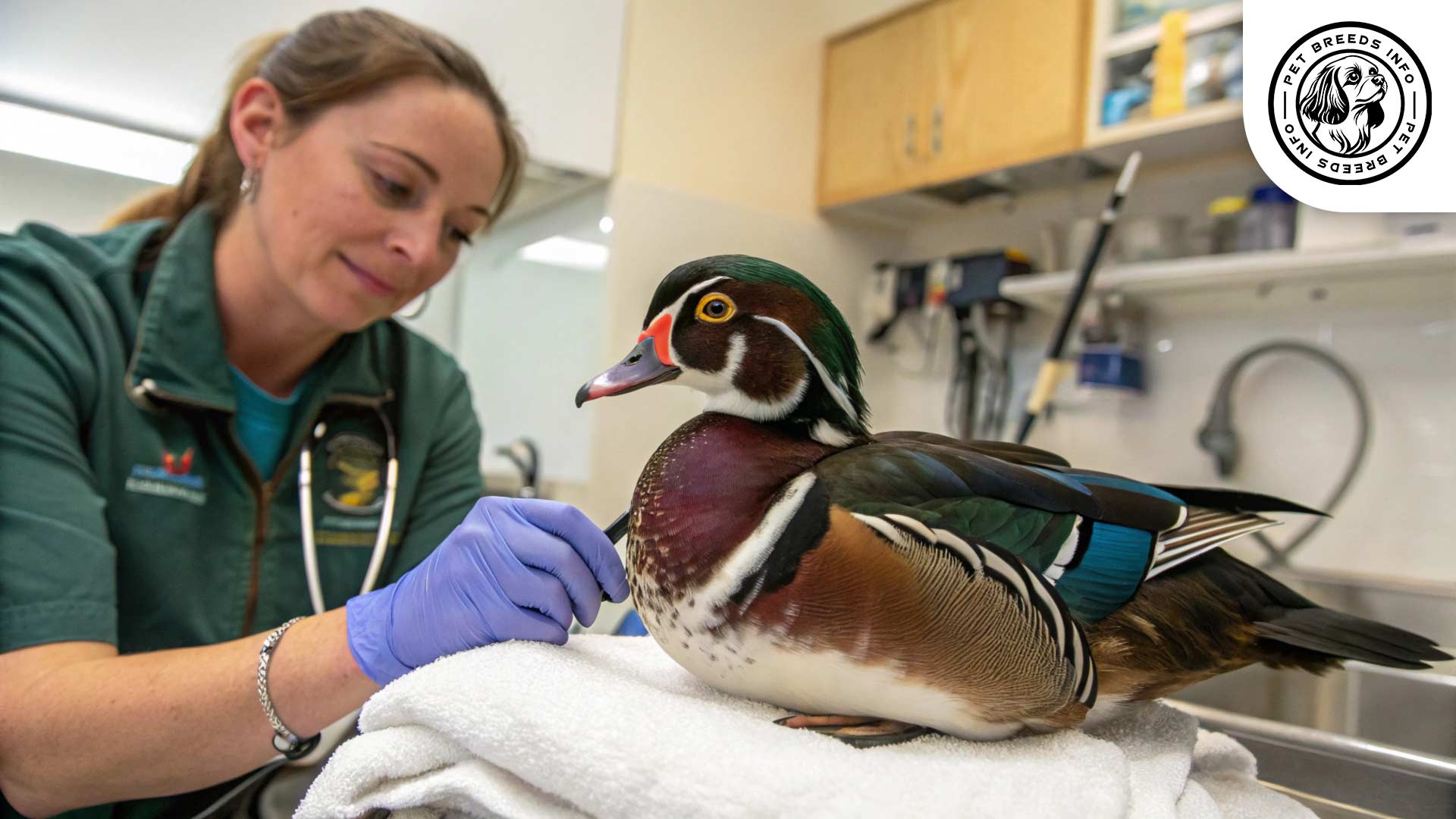
Training and Behavior Management
Training a Wood Duck is somewhat limited due to its natural wild instincts. However, they can become accustomed to human presence when raised from a young age.
Early exposure and positive reinforcement methods help them develop trust. Providing a safe, consistent environment reduces stress and encourages good behavior.
Read More: White-rumped Munia
Interaction with Other Animals and Humans
Wood Ducks can coexist with other waterfowl species but may be territorial during the breeding season. They generally keep to themselves but can integrate well into a mixed aviary setting.
They are not ideal for direct human interaction as they prefer minimal handling. However, they can be observed and appreciated for their beauty in an aviary or pond setting.
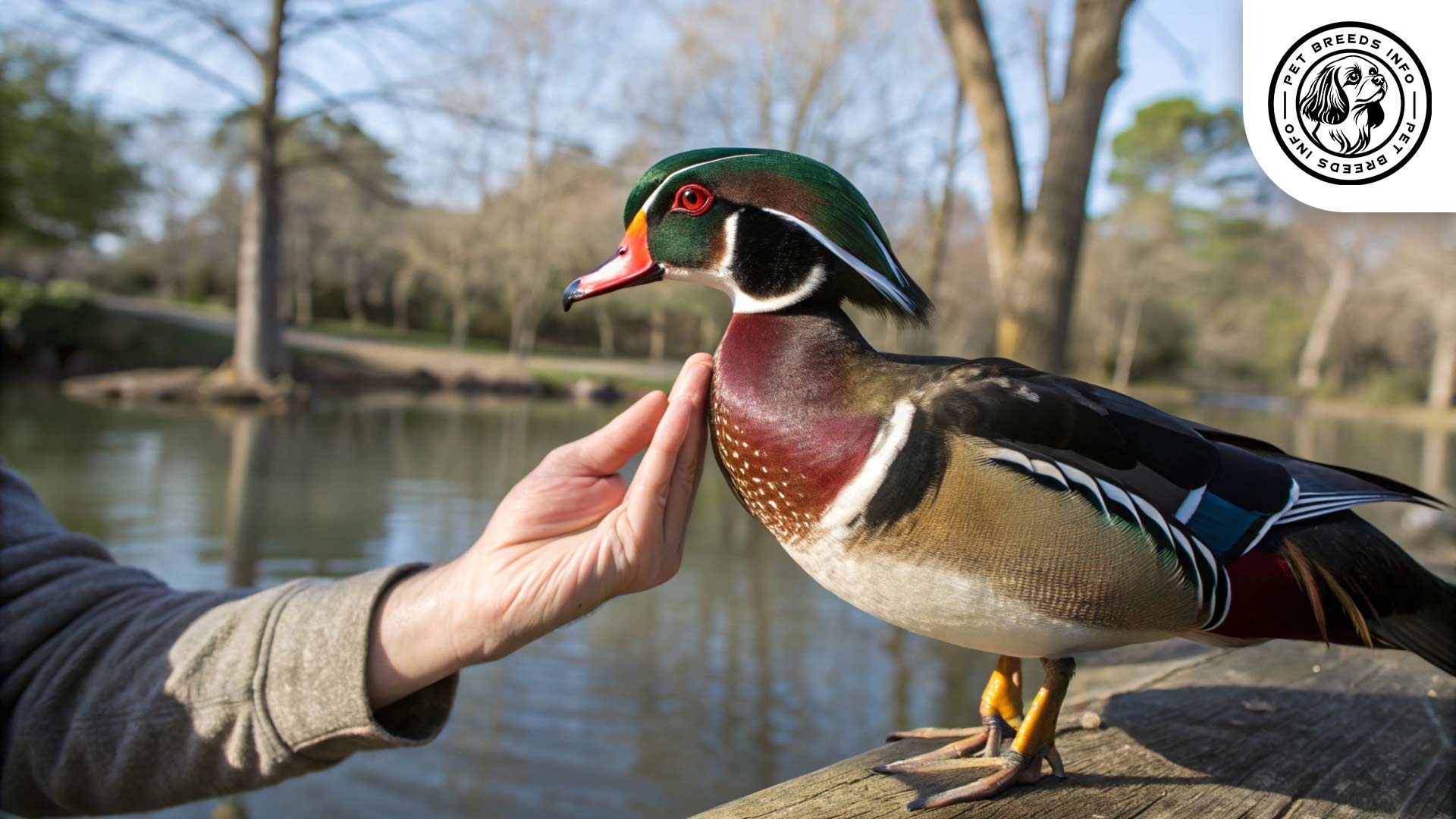
Price and Availability
Wood Ducks are commonly available through waterfowl breeders and specialized aviaries. The price for a healthy Wood Duck ranges from $50 to $150, depending on age, sex, and markings.
When buying or adopting, ensure that the breeder follows ethical and legal guidelines, as Wood Ducks are protected in certain areas and may require permits for ownership.
Conclusion and Final Thoughts
The Wood Duck is an excellent choice for those who enjoy ornamental waterfowl and have the space to accommodate a natural water habitat. They are visually stunning and relatively low-maintenance but require specialized care, particularly regarding their environment.
Read More: White-eyed Conure
Best suited for experienced bird keepers or those with aviary setups, the Wood Duck is not a pet for handling but rather a species to be admired in a well-maintained setting. Potential owners should ensure they can meet the bird’s spatial and dietary needs before committing to keeping one.
FAQ
Can you keep a Wood Duck as a pet?
Yes, but they are better suited to aviaries or ponds and prefer minimal handling.
Do Wood Ducks need a pond?
Yes, access to water is crucial for bathing, foraging, and overall health.
Are Wood Ducks aggressive?
Generally no, but they can become territorial during breeding season.
Can they fly?
Yes, they are strong fliers and need covered aviaries or clipped wings if enclosed.
Are Wood Ducks protected by law?
Yes, in many areas – permits may be required to keep them legally.
